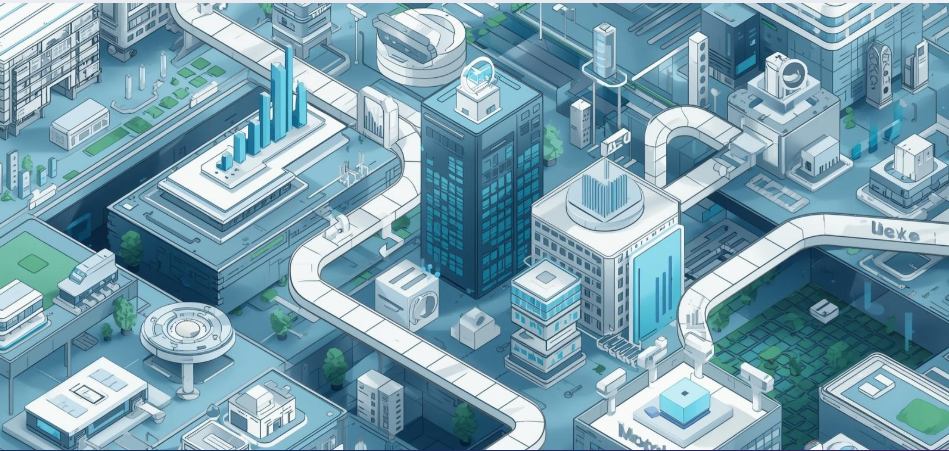
As we approach 2026, the data landscape is undergoing a significant transformation. With the continued growth in the volume, variety, and velocity of data, modern enterprises are rethinking the architecture of their data platforms. The traditional data lake, once celebrated for its ability to store vast amounts of unstructured data, now faces a powerful new contender: the lakehouse.
For data engineers, understanding the transition from data lakes to lakehouses is essential for effectively leveraging the latest data lake solutions and data lake services. This shift reflects a response to the limitations of earlier data lake solutions, which, while flexible and scalable, lacked the robust governance, data quality management, and performance required for real-time analytics and modern business intelligence.
Here, we explore the key differences, benefits, and strategic considerations for data engineers navigating this architectural evolution.
Data Lakes: The Foundation of Modern Analytics
A data lake is a centralized repository storing raw, unstructured, and structured data at scale.
Unlike traditional warehouses, data lake solutions offer:
Schema-on-Read Flexibility – Ingest data first, structure later.
Cost-Effective Storage – Cloud-based (AWS S3, Azure Data Lake).
AI/ML Readiness – Perfect for training machine learning models.
However, challenges emerged:
Slow SQL Performance – Querying raw files is inefficient.
Data Swamps – Poor metadata management leads to chaos.
Lack of ACID Transactions – Updates and deletes are messy.
This is where data lake services evolved—introducing lakehouses.
Lakehouses: The Next Evolution in Data Lake Solutions
A lakehouse is an open architecture that merges:
Data Lake Scalability – Store all data types cheaply.
Warehouse Performance – Fast SQL queries with indexing.
AI/ML Support – Native integration with ML frameworks.
Key Innovations in Lakehouse Technology
Open Table Formats (Delta Lake, Iceberg, Hudi)
Enable ACID transactions on data lakes.
Support schema evolution without breaking pipelines.
Optimized Query Engines (Spark, Presto, Databricks SQL)
Deliver warehouse-like speed on data lake storage.
Unified Governance
Metadata management (Apache Atlas)
Fine-grained access controls (Row-level security)
Why Data Engineers Must Adapt in 2025
In 2025, data engineers play a pivotal role in designing, implementing, and managing hybrid architectures that meet the growing demand for real-time, governed, and scalable data access. Understanding the transition from data lake to lakehouse is essential for staying ahead in the evolving data landscape.
1. Master Modern File Formats
Efficient file formats such as Parquet, ORC, and Avro are at the core of lakehouse performance. These formats offer columnar storage, compression, and compatibility with distributed query engines—greatly improving read performance and cost efficiency.
2. Leverage Open Table Formats
Technologies that support open table formats—like Delta Lake, Apache Hudi, and Iceberg—enable critical features such as schema enforcement, data versioning, and transactional consistency. Engineers must become proficient in implementing and maintaining these formats in production environments.
3. Optimize Metadata and Governance
Modern data lake solutions integrate with advanced metadata management tools, enhancing data discovery, lineage tracking, and access control. Governance frameworks embedded within lakehouse environments are essential for regulatory compliance and maintaining organizational transparency.
4. Build Real-Time Pipelines
Lakehouse architectures support both batch and streaming data pipelines. Data engineers must be skilled in tools and frameworks that allow real-time data ingestion, transformation, and analytics, delivering timely insights for business decision-making.
5. Align with Evolving Data Lake Services
Today’s data lake services are evolving to become more modular, secure, and lakehouse-ready. Features such as built-in cataloging, encryption, data masking, and cross-platform integrations are now standard. Engineers must evaluate and leverage these enhancements to optimize both performance and usability.
6. Enhance Security and Compliance
With data privacy regulations becoming increasingly stringent, strong governance is non-negotiable. Modern data lake solutions offer features such as encryption, fine-grained access control, and audit logging—all crucial in a lakehouse setup to maintain compliance and secure data access.
The Road Ahead
The shift to lakehouse architecture doesn’t mean abandoning existing data lakes; instead, it’s about enhancing them with robust capabilities. In 2025, organizations are expected to invest more in data lake solutions that provide the flexibility of lakes and the performance of warehouses, all in one platform.
For data engineers, staying ahead means evolving skills and adopting tools that support this new hybrid approach. Mastering these platforms ensures faster insights, reduced operational complexity, and greater business impact.

Nilabh Bajpai
Business Head-Priorise
40+ Years as IT Industry Front-Runner & Leader
Related Posts
Data Engineering Best Practices for Scalable, Enterprise-Grade AI
Artificial Intelligence promises transformative results for businesses, but those results depend entirely on the foundation…
Choosing Between Data Scientist Staff Augmentation, Managed Services, and Consulting for Data Science Projects
Data science projects often stumble not because of algorithms, but because of execution models. The…
Addressing Key Challenges Faced by Data Engineering Consulting Services
Imagine this, an e-commerce company launches a mega festive sale. Millions of customers flock to…
DataOps: The Backbone of Modern Data Engineering Services
By 2026, over 80% of organizations report delays in analytics projects due to inefficient and…










